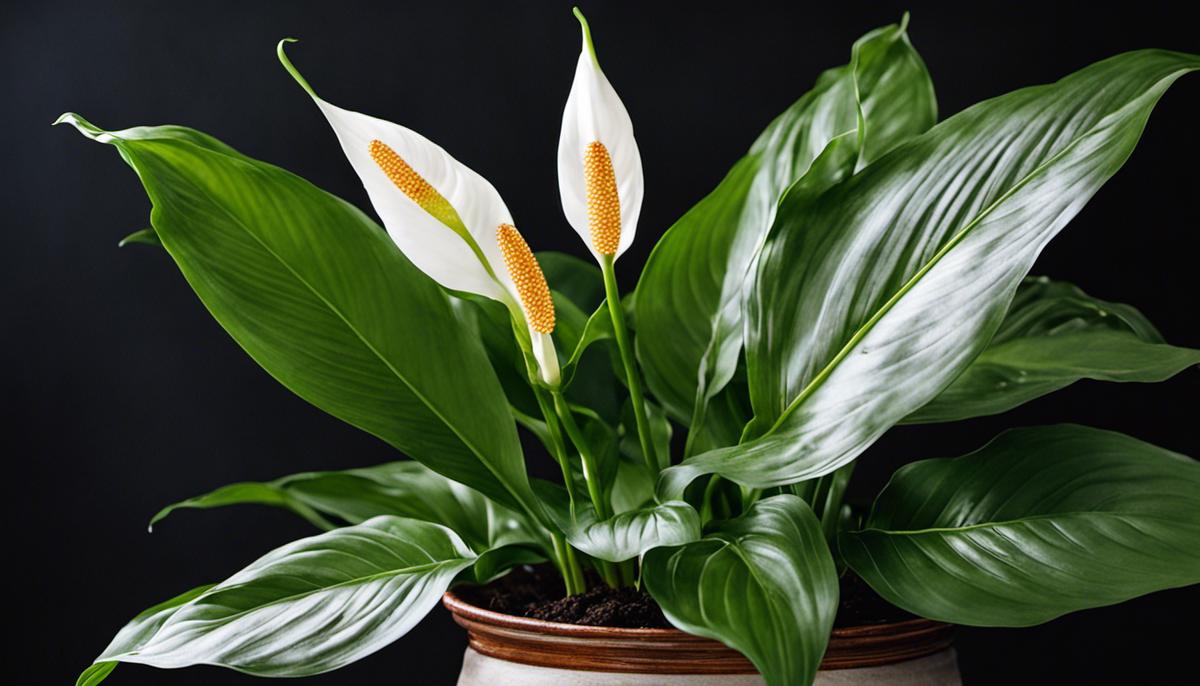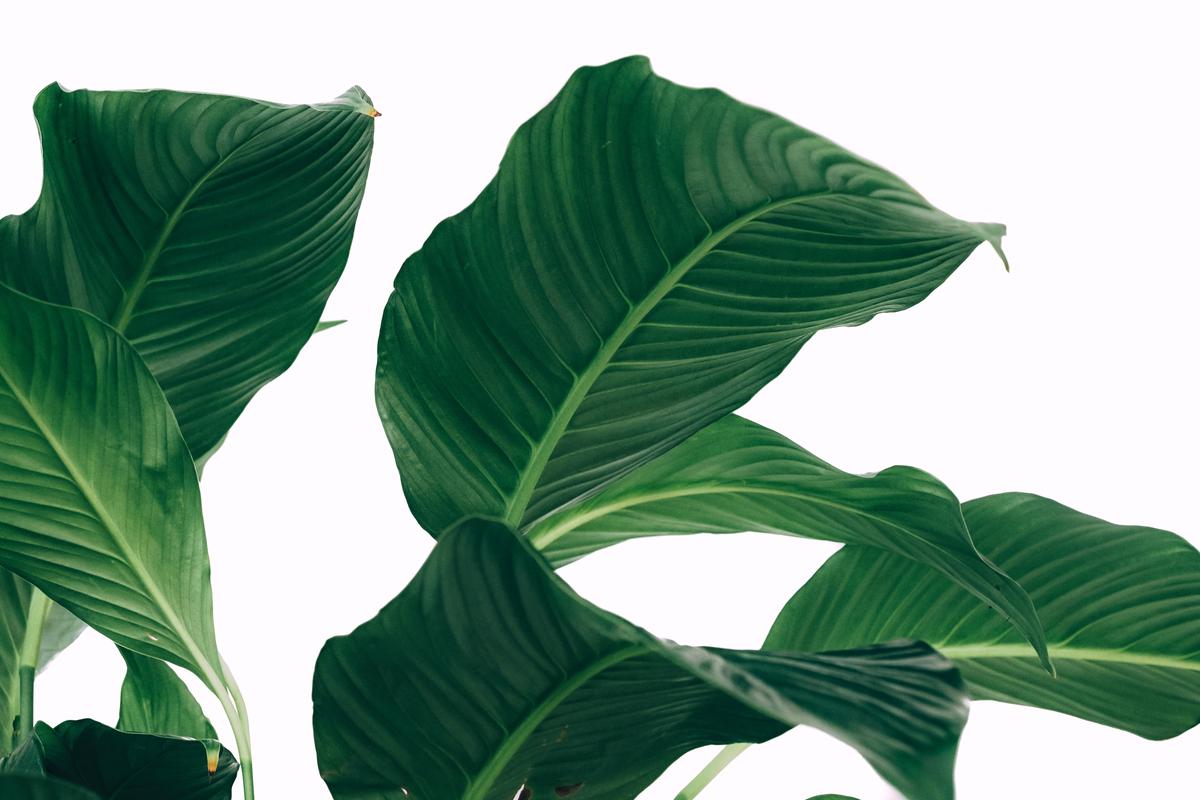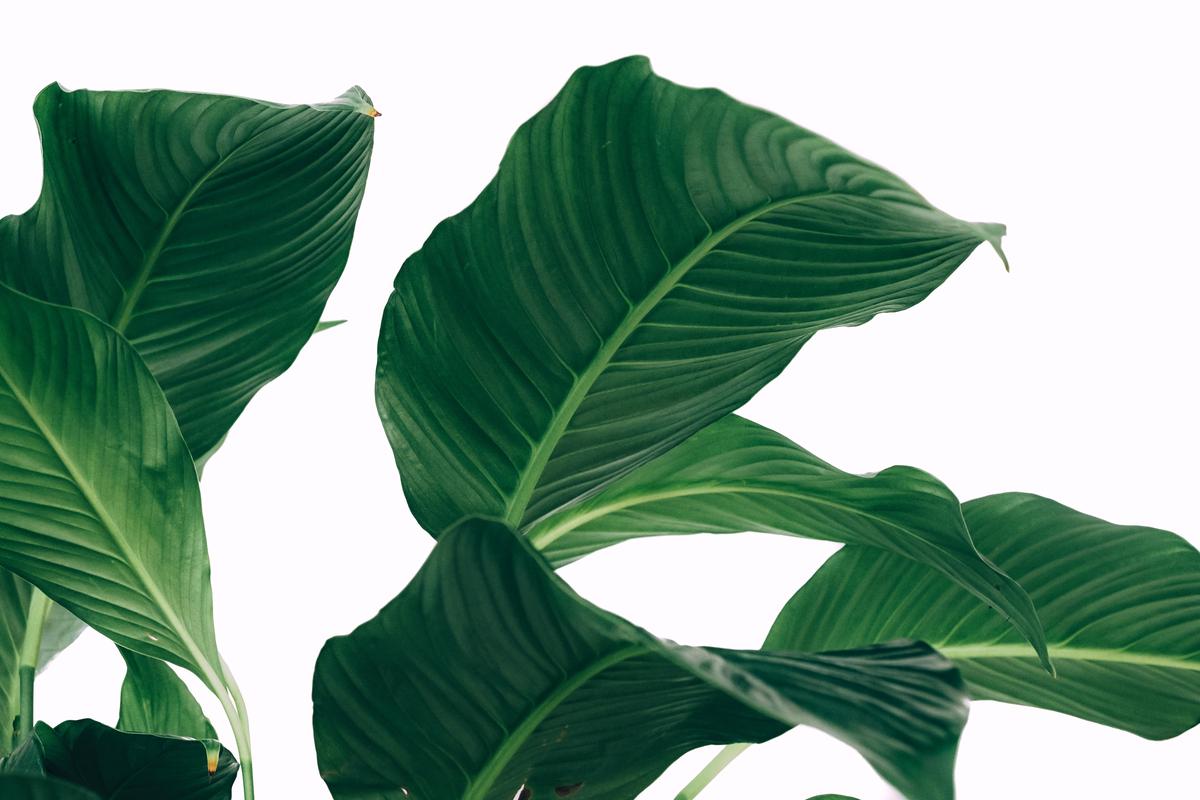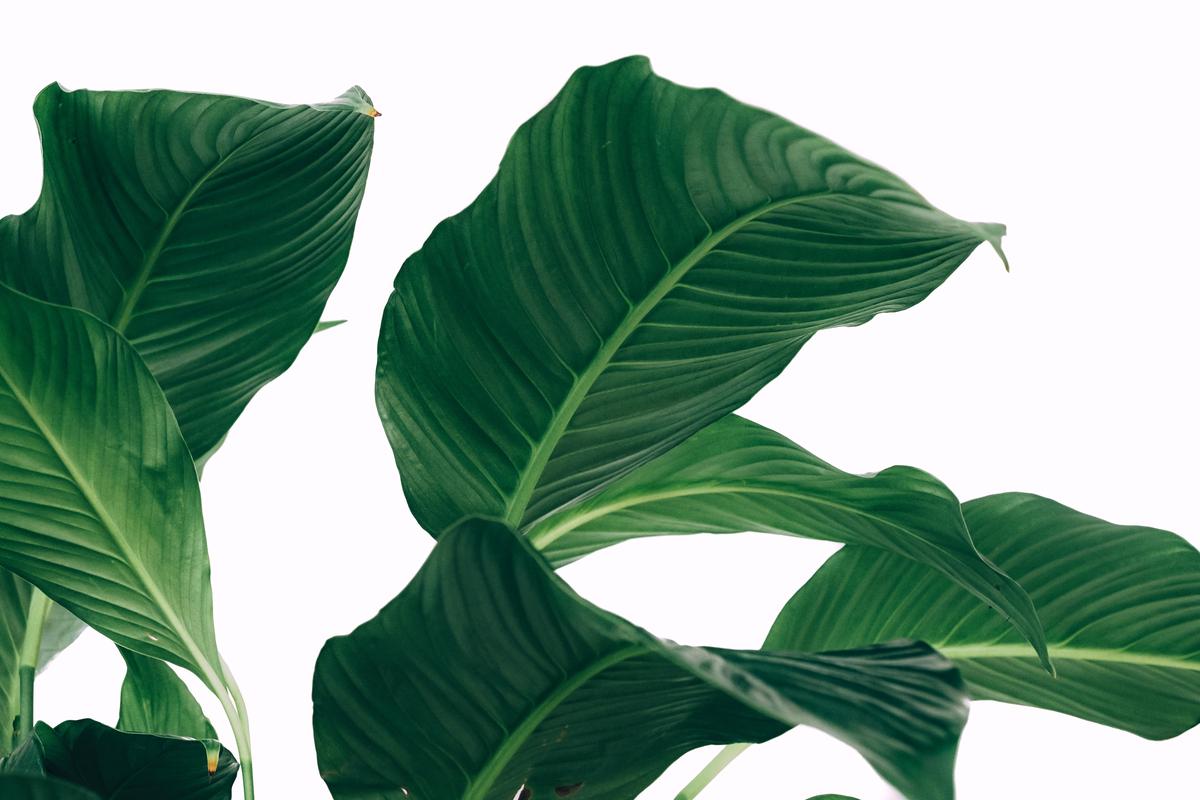Are Peace Lilies Safe? A Cat Owner’s Guide

Peace Lilies are one of the most popular indoor plants, appreciated for their graceful appearance and low-maintenance nature. Serving both decorative and purifying purposes, these beauties are common household companions, particularly favored by those with ‘green thumbs.’ However, for households that also include furry feline friends, there arises a serious concern: Are peace lilies poisonous to cats? Throughout this informative piece, we will delve deeper into understanding Peace Lilies, explore their potential toxicity to cats, learn about the necessary immediate actions and treatments if a cat ingests this plant, and discuss preventive measures as well as safe alternatives.
Understanding Peace Lilies
Peace lilies have long been a favorite among those seeking to enhance their living spaces with a touch of green serenity, effortlessly adding a mild yet charming aura.
There are several reasons why these plants have found a special place in our hearts and homes.
They have a unique ability to thrive in even the most subdued light conditions, effortlessly adapting to various environments.
It’s no wonder that they have won a reputation as resilient houseplants, making them a staple in many households.
One of peace lilies’ biggest highlights is their captivating blossoms that serve as a delightful visual treat.
Unlike most other houseplants, a peace lily adds an element of charm and elegance with its simple, serene white flowers.
On top of this, they’re more than just pretty to look at.
They’re also known for their superb air-purifying qualities.
With their natural knack to filter out harmful toxins from the air, peace lilies can help to create a healthier living environment.
This attribute can be especially beneficial for households with kids or family members with allergies.
All of these traits collectively make peace lilies a popular and fitting addition to any home.

Photo by lensinkmitchel on Unsplash
Are Peace Lilies Toxic to Cats?
On a slightly more serious note, we turn our attention to a crucial question – can peace lilies pose a threat to our beloved feline companions? We all know cats, with their insatiable curiosity, have a knack for inspecting, and sometimes even ingesting, our houseplants. Here’s the hard truth: peace lilies, while undeniably lovely and beneficial for us humans, can indeed be a danger to our feline friends.
Peace lilies are part of the Araceae family, which secretes a substance known as calcium oxalate. In humans, this substance might cause minor skin irritation if touched, but for our curious cats who may inappropriately nibble, this plant can be a serious threat. If ingested, calcium oxalate can cause a host of symptoms including drooling, pawing at the mouth, lack of appetite, and even vomiting. If your cat has come into contact with a peace lily and shows any of these signs, it’s always recommended to seek immediate veterinary assistance.
Understanding the potential risks that certain houseplants may pose is a crucial aspect of creating a home that is not just beautiful and soothing, but also safe for all family members – furry ones included. So even though this elegant houseplant offers numerous benefits to our well-being and home atmosphere, keeping your cat’s safety in mind is as essential as the plant’s aesthetics and air-purifying benefits. The beauty of being a plant lover and a pet parent is finding the right balance and making choices that nurture the entire family. Therefore, considering a suitable spot to keep peace lilies out of your cat’s reach, or opting for more pet-friendly plant alternatives could be wise decisions. Because at the end of the day, peace lies in ensuring the health and safety of our loved ones, regardless of the number of legs they walk on.

Photo by lensinkmitchel on Unsplash
Immediate Actions and Treatments
Despite their undeniable appeal and known benefits, peace lilies carry an inherent risk for our feline family members. As beautiful and beneficial as these plants can be, they contain a substance that’s particularly toxic to cats. Like all members of the Araceae family, peace lilies secrete calcium oxalate, a compound that when ingested, can cause a host of undesirable symptoms in cats.
Calcium oxalate manifests itself in the form of microscopic crystals that can lead to acute discomfort and potential harm for your feline friend. Cats that come into contact with this compound, particularly through ingestion, can experience symptoms ranging from mild irritation to severe distress. This might include anything from excessive pawing at the mouth, drooling, or loss of appetite, to more severe manifestations such as vomiting, difficulty swallowing or even respiratory difficulty.
But don’t fret, there are always strategies to reconcile your love for peace lilies while keeping your cat’s safety in mind. First and foremost, if you suspect that your cat has taken a liking to chewing on your beloved peace lily or is showing any of the symptoms above – immediate veterinary assistance is paramount. Treatment will most likely involve supportive care, such as administration of fluids to keep the cat hydrated and medications to control any symptoms like vomiting.
Aside from that, consider finding a safe spot for your peace lily, like a high ledge or a room off-limits to your curious kitty. If your cat has a history of chewing on plants or a penchant for climbing, then it might be best to opt for more pet-friendly alternatives. After all, our ultimate goal is to nurture a home that happily accommodates the needs of every family member, including those of the four-legged variety. Remember, the best approach to maintaining harmony in your home lies in creating a safe, enjoyable environment for each and every one of your loved ones, furry friends included.

Photo by anniespratt on Unsplash
Preventive Measures and Safe Alternatives
While peace lilies are a lovely addition to your home, it’s critical to understand that these plants may pose a threat to cats. Their innate curiosity can lead them to chew on these beautiful but potentially hazardous houseplants. This seemingly innocent act can expose our feline friends to an unpleasant compound known as calcium oxalate, which can cause a range of health issues in cats, a primary pet concern.
Remember, the first line of defense is always prevention. Always ensure your pet’s safety by placing your peace lily in an area where your cat can’t easily access. This might mean placing your plant on a high shelf or in a room where your cat doesn’t usually venture. By doing this, you can appreciate the elegance and air-purifying qualities of your peace lily without jeopardizing your cat’s health.
However, if peace lilies are simply too irresistible for you to forego or hard to safely position, exploring cat-friendly alternatives can be a comforting substitute. For instance,
- spider plants,
- areca palms,
- and certain species of orchids
Being attentive to pet safety measures while enjoying your love for houseplants creates a secure and harmonious living space for all household members. Indeed, you can revel in a greener home without compromising the welfare of your cat.

Photo by lensinkmitchel on Unsplash
When it comes to creating harmony between our love for nature’s greenery and our beloved pets, caution is key. By understanding the potential dangers that a Peace Lily can pose to cats and being equipped with knowledge on immediate actions and treatments, we can ensure to prevent unfortunate instances. Moreover, introducing cat-friendly plants in our homes can provide a wonderful, risk-free way to indulge our enthusiasm for plants while keeping our pets safe. Remember, the beauty of a plant does not outweigh the health and wellbeing of our pets.



